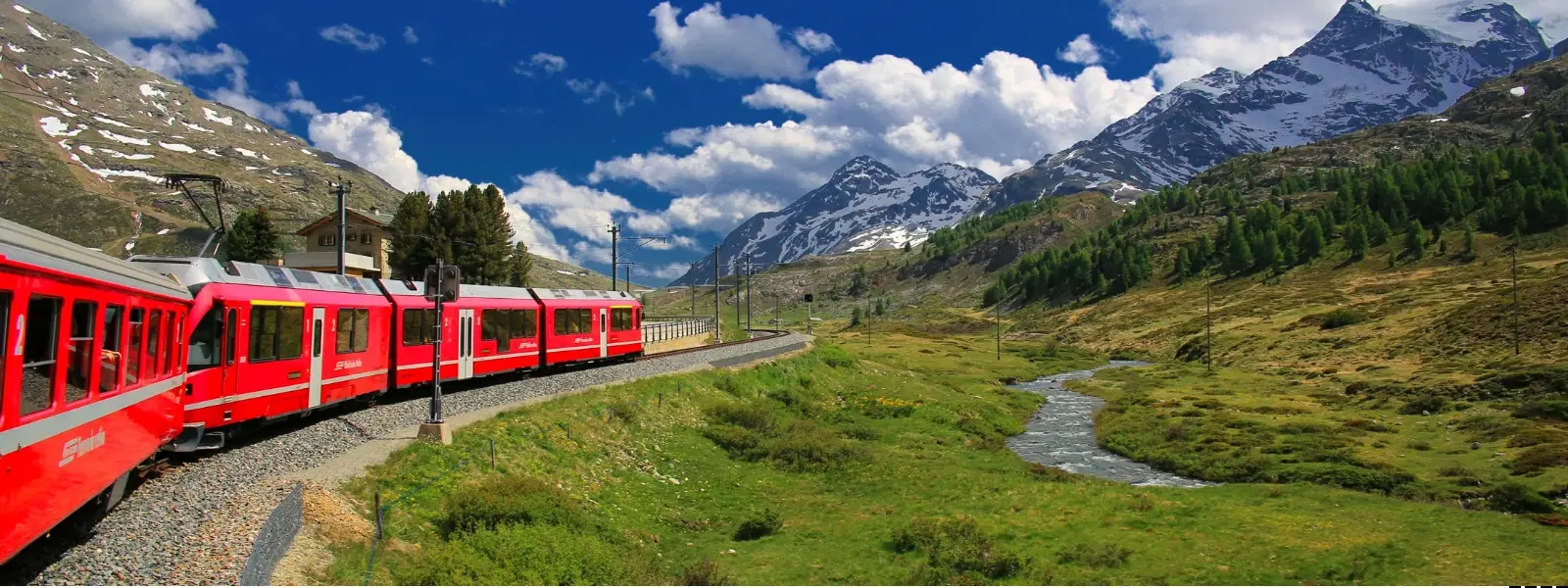
Hotels
•04 min read
The lush valleys come alive during the monsoon, transformed by the magic of cascading waterfalls, dense greenery, and gentle mists shedding a veil over the landscape. For nature lovers and adventurers alike, these monsoon valleys offer an experience that is as mesmerizing as it is unique. In this exploration, we dive into the fascinating world of valleys with unique monsoons, uncovering why these regions stand out with distinct weather patterns, awe-inspiring ecosystems, and dramatic seasonal transformations. By journeying through expert insights, readers will gain a deeper understanding of the science behind these captivating weather phenomena and learn about both famous and offbeat destinations that showcase this natural splendor.
Monsoons are more than just a seasonal change; they are a powerful force that shapes valley climates. The arrival of moisture-laden winds triggers heavy rains that fertilize the land and revitalize ecosystems. Geographical features such as elevation, proximity to large water bodies, and specific wind patterns work in unison to create these unique monsoon experiences in valleys. This phenomenon creates tropical valleys with heavy rainfall and leads to enchanting valley climates that are unlike any other season.
At the core of these extraordinary weather events is the interplay of atmospheric pressure, temperature gradients, and dynamic wind systems. This delicate balance results in distinctive weather phenomena that define these monsoon seasons in valleys. For example, regions with steep slopes and deep basins tend to generate concentrated bouts of rainfall, making them perfect for supporting diverse valley ecosystems during the monsoon. Scientific observations and field studies have illuminated why certain valleys emerge as icons of rainfall in unique valleys, displaying nature at its most vibrant.
India offers several iconic destinations where monsoon magic touches the earth profoundly. The Valley of Flowers in Uttarakhand is renowned for its riot of colors and blooming alpine flora during the rains, creating a living tapestry of nature. Tirthan Valley in Himachal Pradesh provides a serene escape with its meandering rivers and lush panoramic views, enhanced by refreshing monsoon showers. Meanwhile, Cherrapunji in Meghalaya is a world record holder for heavy rains, where monsoon effects on valleys yield misty peaks and ever-green landscapes that define the region's character.
Beyond the well-known, India is dotted with offbeat gems that surprise the traveler. The Kaas Plateau in Maharashtra blossoms into a wonderland of rare wildflowers under the nurturing skies of the monsoon. In Arunachal Pradesh, Ziro Valley offers a serene setting imbued with tribal culture and unspoiled nature. These lesser-known valleys not only bring rare flora and fauna into the limelight but also provide a quieter, more intimate experience of valley ecosystems during monsoons.
Monsoons are nature’s way of renewing and sustaining life in these valleys. The torrents of rainfall replenish water resources, supporting a myriad of life forms from tiny insects to towering trees. The heavy rains promote a burst of plant growth, contributing greatly to biodiversity and ecological balance. This rejuvenation is essential for maintaining the delicate equilibrium in tropical valleys, ensuring that valley ecosystems during monsoons remain vibrant and resilient even after the storm subsides.
While the monsoons bring life-giving rain, they also present challenges. The intensity of rainfall can lead to soil erosion and flooding, posing risks to both natural and human-made structures. However, these challenges are met with innovative conservation efforts aimed at preserving the integrity of these landscapes. Local communities, environmentalists, and government initiatives are collaborating to implement sustainable practices that harness the benefits of monsoon rains while mitigating environmental damage.
Monsoon valleys are a haven for adventure seekers and photographers alike. Trekking along winding paths, capturing the dramatic play of light and shadow, and exploring hidden waterfalls are just a few of the activities that make the most of the rain-kissed terrain. The allure of blooming wildflowers, the sound of cascading water, and the sight of mist-covered peaks create an experience that is deeply immersive and soul-stirring, inviting you to see nature in its rawest form.
When planning a monsoon trip to these valleys, preparation is key. Pack waterproof gear, sturdy footwear, and lightweight yet warm clothing to comfortably face the rains. It is essential to adhere to safety precautions, checking weather forecasts and local advisories before setting out. Moreover, practicing eco-friendly travel by minimizing waste and respecting local habitats helps preserve the natural beauty of these unique weather patterns in valleys. Your journey becomes not just an escape, but a commitment to sustainable travel that leaves only footprints behind.
"Did you know? Valleys like Cherrapunji in Meghalaya experience some of the heaviest rainfall in the world, creating lush landscapes and vibrant ecosystems that are unmatched anywhere else on the planet."
The Valley of Flowers in Uttarakhand and Cherrapunji in Meghalaya are among the best places to experience monsoons in India due to their stunning landscapes and heavy rainfall.
Monsoon winds are seasonal winds that reverse direction, bringing heavy rainfall to certain regions and dramatically transforming local ecosystems and climates.
The strongest monsoon season occurs in South Asia, particularly in regions like India and Bangladesh, where torrential rains sustain agriculture and nurture biodiversity.
The two types are the summer monsoon, known for its heavy rainfall, and the winter monsoon, which is drier and less intense.
Valleys with unique monsoons reveal nature’s unparalleled ability to transform landscapes with water, light, and life. The journey through monsoon valleys offers more than just scenic beauty—it unfolds the intricate interplay of climate, geology, and ecology that crafts such mesmerizing scenes. Through understanding the scientific and environmental nuances, visitors can truly appreciate how these seasonal changes ensure the sustenance and renewal of life in these extraordinary environments.